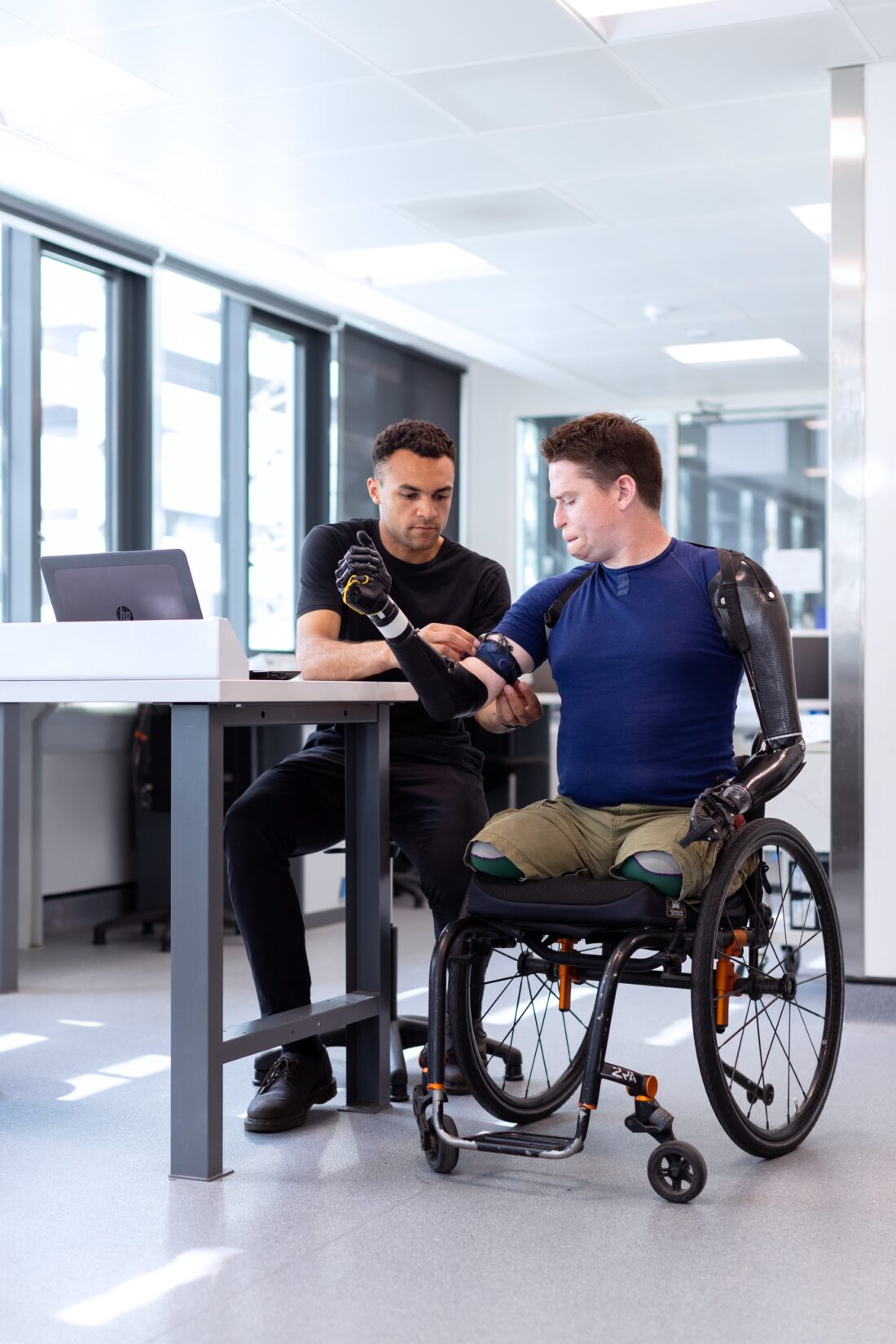How ADA Compliance Benefits Businesses And Their Customers – accessiBe
 The Americans with Disabilities Act (ADA) is federal legislation that prohibits people with disabilities from being discriminated against when attempting to access goods and services. This includes retail stores, restaurants, hotels, theaters, museums, libraries, government buildings, and even websites. Every day, website managers use tools like accessiBe to comply with ADA regulations. The ADA guarantees equal opportunity for businesses to serve the public, regardless of disability.
The Americans with Disabilities Act (ADA) is federal legislation that prohibits people with disabilities from being discriminated against when attempting to access goods and services. This includes retail stores, restaurants, hotels, theaters, museums, libraries, government buildings, and even websites. Every day, website managers use tools like accessiBe to comply with ADA regulations. The ADA guarantees equal opportunity for businesses to serve the public, regardless of disability.
The basic idea behind the ADA is that people should be able to access goods and services in a way that fits their needs. For example, some people may need more time when making a purchase or filling out paperwork; others might need accommodations for physical disabilities such as wheelchairs or hearing aids.
Some of the rules that fall under ADA compliance are often surprising to business owners, but they ultimately benefit everyone by promoting fairness and equality. Here is a brief overview of some ADA requirements for businesses.
Wheelchair Accessibility
ADA guidelines require establishments open to the public to make all areas used by customers available for use by people in wheelchairs. These include bathrooms, fitting rooms, and even sales counters. If a public area is not open to customers, it should be designed so that a person in a wheelchair can enter the space.
ADA also requires businesses to have an emergency management plan that will allow people with disabilities to exit quickly in case of fire or another emergency. This means having at least one accessible emergency exit, as well as installing alarms and strobe lights that can be heard by those with hearing aids.
ADA rules also require businesses to provide signage in Braille for blind customers.
Audio Description
Audio description is a service that utilizes a special kind of audio equipment to describe a show or performance as it happens. The ADA requires places of entertainment to provide audio description services – either for free or for a minimal fee – if any of their shows, films, or live performances include visual elements.
Seating and Seating Charts
The ADA requires businesses that sell tickets to have specific types of seating available as well as accessible routes to those seats. For example, movie theaters must have wheelchair accessible seating as well as a route to those seats that does not include stairs. In addition, if a theater has more than 300 seats, it must have at least one wheelchair accessible seat in each price range and viewing area.
ADA also requires theaters to provide customers with descriptive information about audio and visual elements of a performance, including what kind of sound system is used, what language the film provides sound in, and any other pertinent information about the visuals.
Theaters should also provide accessible seating charts that include information on price, seat location, and type of wheelchair space provided. The chart must be available to customers upon request.
Hotels, Motels, and Bed & Breakfasts
ADA rules require these businesses to provide accessible features in at least one room. That room must be comparable to other rooms in terms of price and services, such as the availability of private bathroom facilities or cable television service.
ADA also requires that doors in guest rooms meet certain specifications for width and height. The door must be wide enough to allow a wheelchair through without bumping into furniture. It must also allow clearance of at least 80 inches from the floor to the bottom of any door that swings inward.
ADA rules say that all accessible facilities should be clearly marked with the international symbol for accessibility. The sign can be on or near doors, parking spaces, and even restrooms.
FOLLOW US ON FACEBOOK
RECENT POSTS
TAGS
About The Memory Hole
You've reached TheMemoryHole.org! A diverse lifestyle blog with content on a variety of different topics to help you define and live the life you want to live! Thanks for stopping by!
Copyright © The Memory Hole. All rights reserved.








